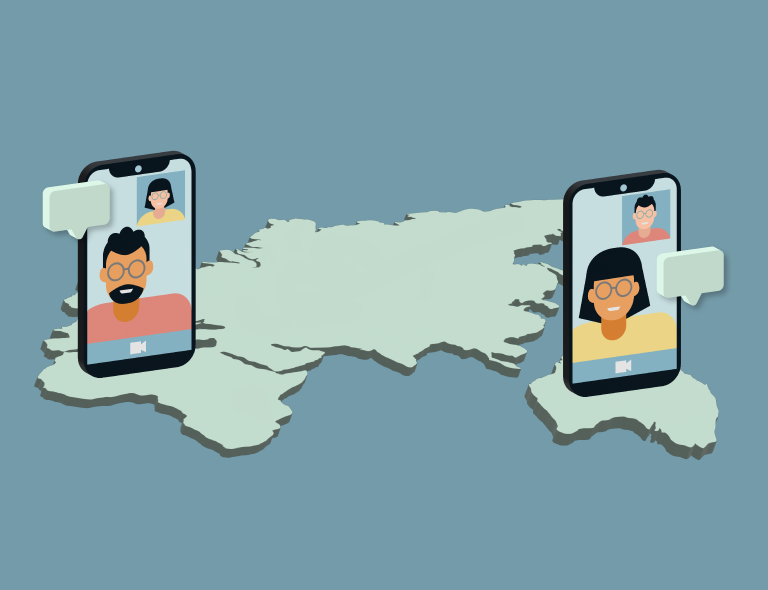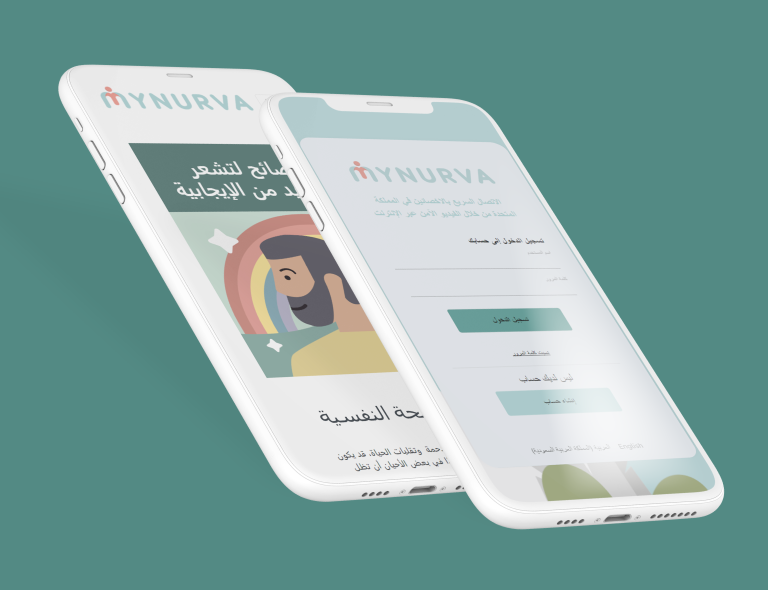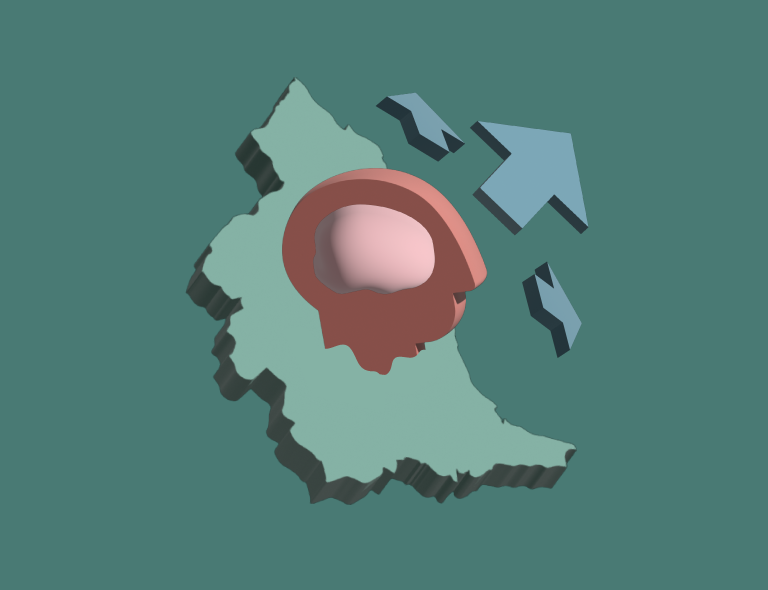At Mynurva, we have a diverse workforce consisting of an equal number of male and female employees at staff and board levels. We understand that being a company that is centered around innovation, a diverse workforce with different perspectives is the driver for interesting solutions and ideas.
We met with two of our colleagues, Emma Eaves, (left) our Lead Designer and Ida Latifa, (right) our Digital Project Manager to discuss their vision about Women in Tech.
Can you share a bit about your role in Mynurva and what your typical day looks like?
Ida: My day starts with checking my emails, followed by monitoring requested tickets on JIRA, writing down PRD (Product Requirements Documentation), doing some usability testing, and usually ends with revisiting my kanban board to review tasks to ensure it’s aligned with Mynurva’s product roadmap.
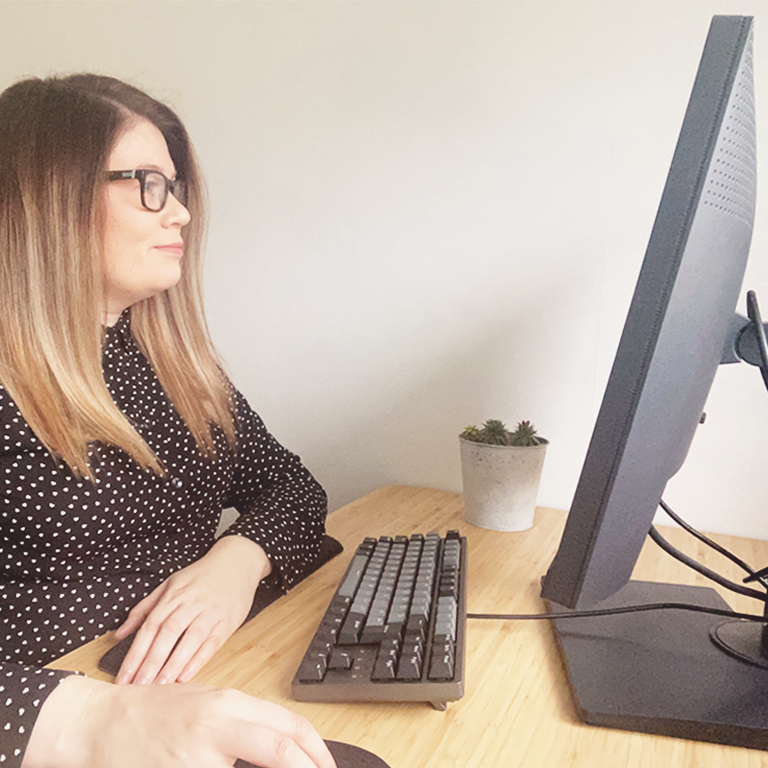
Emma: First thing I do on a typical day is to review and reply to any emails. Then, I organise my projects and deadlines using an app called Trello which allows me to prioritize tasks and tackle anything that is urgent or business-critical. For design, I use Miro, an interactive board, to conduct any design research and create low-fidelity ideas. This allows me to quickly produce vision boards, which I will then refine using Adobe Suite. I also collaborate closely with Veronica, our Marketing Executive, to fulfill the marketing needs of Mynurva.
What are some of the best workplace initiatives you have seen/heard of to help promote diversity?
Ida: I think one of the best workplace initiatives I’ve seen is the implementation of a day off each month for women on the first day of their menstrual cycle. I always have unbearable period cramps on the first day of my period. By implementing this initiative, I believe women would feel more included in the workforce and improve productivity.
Emma: A LOT more needs to be done in terms of celebrating and acknowledging diverse backgrounds of team members. Creating an inclusive environment is crucial and continuous encouragement to celebrate our differences can create harmony within the workplace. A great example of this is Slack with their diversity, engagement and belonging programme.
Why do you think we need more women in tech?
Ida: Women in the tech industry create value through diversity of thought. Collaboration between different genders, sexual orientations, ethnicities, and races can lead to enhanced problem solving and increased innovation. By nature, interacting with a diverse team enables individuals to prepare better and anticipate alternative viewpoints.
Emma: Currently there is a shortage of talented professionals in tech, and technology is constantly improving and enhancing the user experience. This skill gap is rooted from the underrepresentation of women and other minority groups in the workforce. Furthermore, they can also often feel isolated in a male-dominant industry as the lack of female role models and leaders can really impact one’s confidence and self-awareness especially when dealing with bias and daily pressures.
A digital transformation can happen if we are open to it, information technology is one of the fastest-growing industries and change can happen if companies are open to hiring a diverse workforce of individuals who bring in new developments and perspectives. We are all part of this world’s population. It’s crazy that certain individuals are being overlooked ,we are all on the same level as we all are decision-makers, end-users, and contributors.
What advice would you give to others considering a career in the tech industry?
Ida: Stay updated about the latest trends in technology. The easiest way to do this in your free time is by creating tech products as simple as codes, websites, or even apps.
By creating projects over and over again, you are enabling yourself to develop your tech skills. The projects you make can also help you create a portfolio, which could give you an edge when proving your expertise to potential employers. Practicing regularly also shows that you know how to translate theory into practice.
Emma: Read/watch the latest online blogs and videos to keep up to date with the latest – I find that companies often highlight design trends and new innovations on Youtube. Education is key when converting your interest into a career. Finding online courses is also a great way to start. I find online video courses really helpful especially with the practical examples and actionable exercises to follow. Time is the most valuable resource we have, if you stay committed in practicing and improving your skills, the sky’s the limit.
What do you wish you had known?
Ida: The opportunities in the tech industry are endless. I wish I had known that there are many areas in tech. If you get rejected once in an area, you can always apply for other areas in tech.
Emma: I wish I had always known I wanted to pursue a career in graphic design. It wasn’t till after finishing a placement in the marketing and design department within the NHS that I realised that I found a career I wanted to pursue.
The only limits you have are the ones you put on yourself. Most of the time it takes a while to develop a certain set of skills, which can be frustrating but it’s important to be patient with yourself as the more you practice the better you will get.
What do you think is the most important skill to have in the tech industry?
Ida: Resourcefulness. A part of being resourceful in tech involves being able to find technology, software, and products that enhance your own productivity and the productivity of others. Tech workers who are consistently interested in seeking out new resources often have an edge. Resourcefulness is especially handy for those with less experience in the tech industry. You don’t have to always have the answer, you just need to know how to find it.
Emma: You have to be very organised to make sure certain tasks are completed on time. It can be a very fast-paced environment to work in, so you have to make sure that you are adaptable and focused on the tasks you are working on. Having great research skills really helps too as you may not have all the answers but you’ll know where to look for them. Being supportive while working with others is also key for project progression. The feedback you gain from your colleagues is important and can improve existing experiences/designs.
What are your hobbies/interests outside of work?
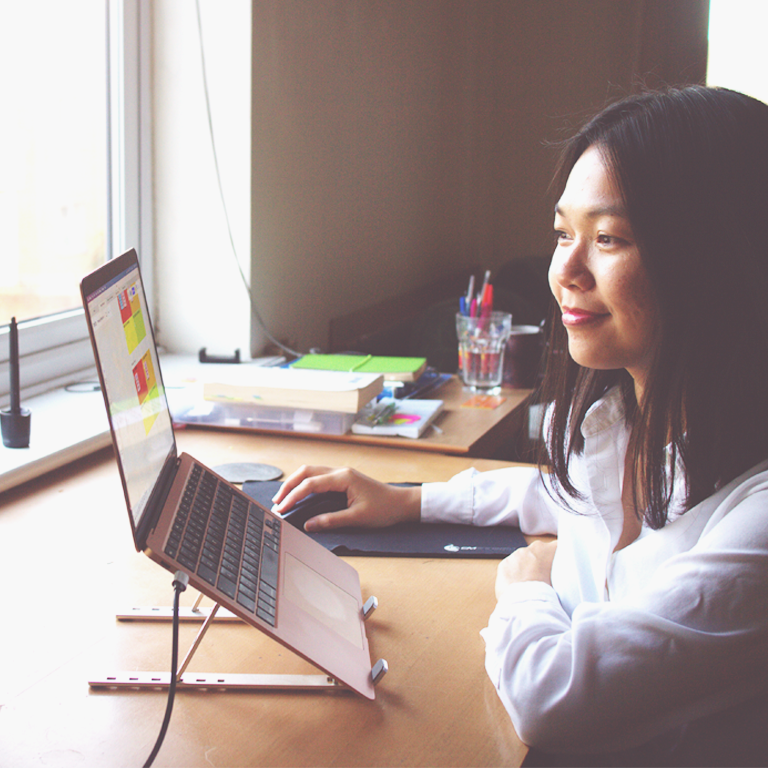
Ida: I enjoy making business and tech case studies that have an intersection with user experience. I know it sounds too serious but I love practising my product management skills outside of work. Other than that, I enjoy watercolour painting, reading books, and watching anime.
Emma: I am really into online gaming. I really enjoy strategy role-playing games as they provide an immersive user experience. I am also a huge fan of horror fiction on and off-screen. I love the suspense and the story, especially if there is a surprising twist. I have visited a number of murder mystery events with friends and family- it’s a lot of fun being an amateur detective. Like Ida, I am also interested in watercolour painting and I absolutely love art and design – this is what really drew me to a career within graphic design.
What has been the most career-defining moment that you are most proud of?
Ida: The moment I am most proud of is when I was the first female team lead that worked in YouTube Trust and Safety in Kuala Lumpur. I have contributed to expanding the business and team from 21 team members (who came from 3 different countries) to more than 170+ team members (across an additional 4 new countries) within 6 months.
Emma: I feel very humbled that I have quite a successful career in a variety of sectors that vary from Science, Education, and Technology. I personally feel that my skills as a graphic designer have really improved since joining Mynurva and am really proud of what I have accomplished so far.
Who is your role model and how did they influence your career path?
Ida: I am still looking for one!
Emma: My dad is my biggest role model. He is a Tool Maker who uses computer-aided design and manufacturing software on a daily basis. He is the most hardworking person I know, and he has always supported my decisions and ideas throughout my career.


